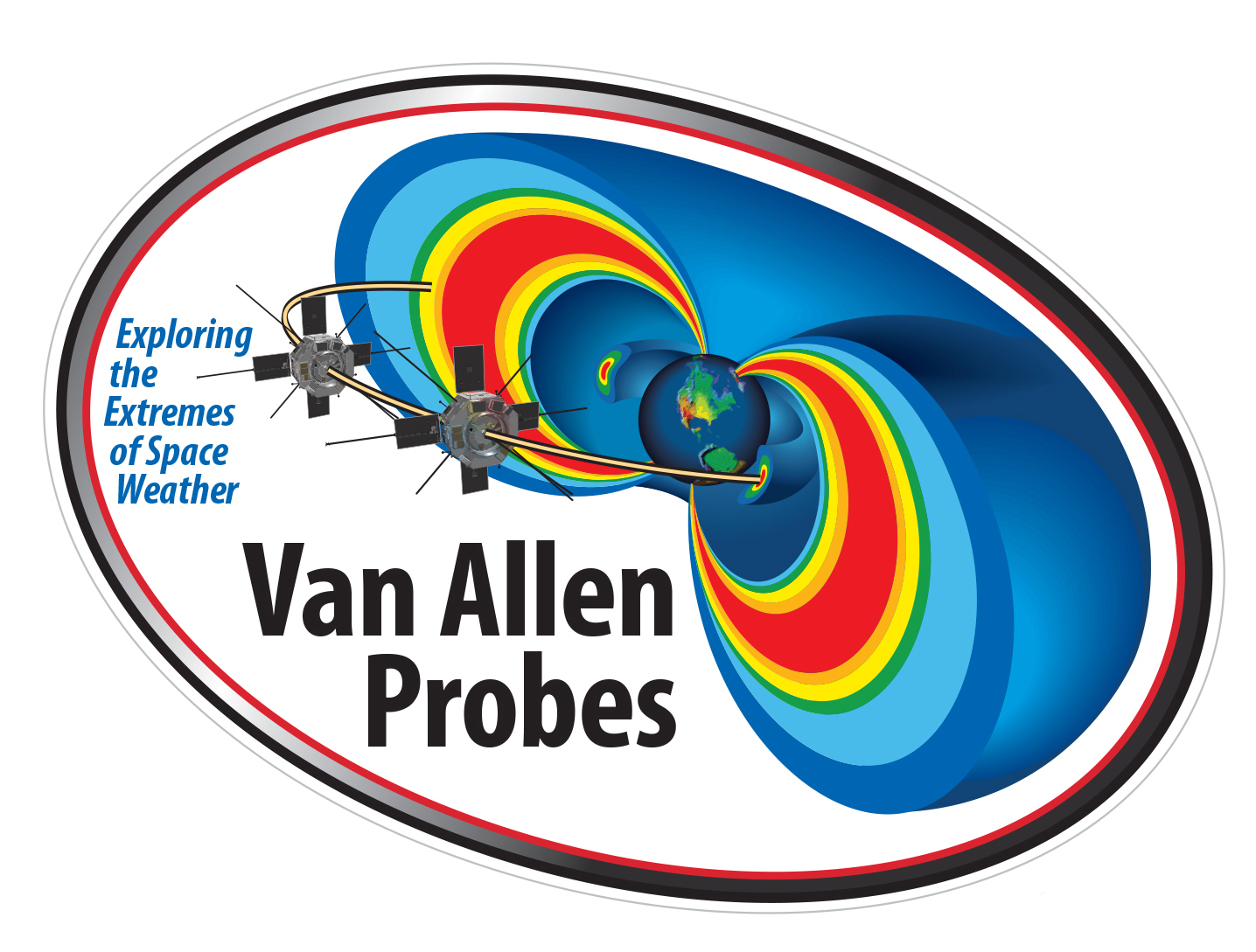Press Release
NASA Renames Mission to Honor James Van Allen, Pioneering Physicist and APL Trailblazer
NASA has officially renamed the recently launched mission to study Earth’s radiation belts the Van Allen Probes, in honor of the late James Van Allen. Van Allen was the head of the physics department at the University of Iowa who is recognized for his discovery in 1958 of radiation belts encircling Earth.
The new name of the mission, previously called the Radiation Belt Storm Probes (RBSP), was announced today during a ceremony at The Johns Hopkins University Applied Physics Laboratory (APL) in Laurel, Md. APL built the probes and manages the mission for NASA.
“James Van Allen was a true pioneer in astrophysics,” said John Grunsfeld, astronaut and associate administrator for NASA’s Science Mission Directorate at the agency’s headquarters in Washington. “His groundbreaking research paved the way for current and future space exploration. These spacecraft now not only honor his iconic name but his mark on science.”
During his career, Van Allen was the principal investigator for scientific investigations on 24 Earth satellites and planetary missions, beginning with the first successful American satellite, Explorer I, and continuing with Pioneer 10 and Pioneer 11. He helped develop the first plans for an International Geophysical Year, held in 1957, and is credited with discovery of a moon of Saturn in 1979, as well as radiation belts around that planet. Van Allen worked at APL both during and after World War II on some of the Laboratory’s most prominent early research projects, including the variable time (VT) fuze that helped end the war.
Launched in August 2012, the Van Allen Probes comprise the first dual-spacecraft mission specifically created to investigate the radiation belts that surround Earth. These two belts, filled with highly charged particles, are affected by solar storms and coronal mass ejections and sometimes swell dramatically. When this occurs, they can pose dangers to communications, GPS satellites and human spaceflight activities.
“After only two months in orbit, the Van Allen Probes have made significant contributions to our understanding of the radiation belts,” says APL Director Ralph Semmel. “The science and data from these amazing twin spacecraft will allow for more effective and safe space technologies in the decades to come. APL is proud to have built and to operate this new resource for NASA and our nation, and we are proud to have the mission named for one of APL’s original staff.”
On Oct. 28, the Van Allen Probes completed their 60-day commissioning phase, and began their two-year primary science mission. Each Van Allen spacecraft carries an identical set of five instrument suites that will allow scientists to gather data on the charged particles, fields and waves of the radiation belts in unprecedented detail. Earth’s radiation belts can respond in unexpected ways, often quite suddenly and dramatically swelling and shrinking in response to dynamic changes in the sun.
“We are very pleased to have the Van Allen Probes successfully complete the commissioning period,” said Kim Cooper, Van Allen Probes project manager at APL. “Over the past 60 days, the many complex systems on the probes have come to life and started to work together. The spacecraft’s science instrument teams are already recording illuminating data, and they are taking advantage of their best understanding of the mechanics and properties of the radiation belts to date.”
Data about the particles that swirl through the belts, and the fields and waves that transport them, are being gathered by five instrument suites designed and operated by teams at the New Jersey Institute of Technology in Newark; University of Iowa in Iowa City; University of Minnesota in Minneapolis; University of New Hampshire in Durham; and the National Reconnaissance Office in Chantilly, Va. The two Van Allen Probe satellites mark the 65th and 66th spacecraft built and launched by APL since 1961.
The Van Allen Probes will spend the next two years looping through every part of the radiation belts. By having two spacecraft in different regions of the belts at the same time, scientists are finally able to gather data from within the belts themselves, learning how they change over space and time. In addition, a space weather broadcast will transmit selected data from those instruments around the clock, giving researchers a check on current conditions near Earth.
The Van Allen Probes project is the second mission in NASA’s Living With a Star program to explore aspects of the connected sun-Earth system that directly affect life and society. The program is managed by NASA’s Goddard Space Flight Center, Greenbelt, Md.
